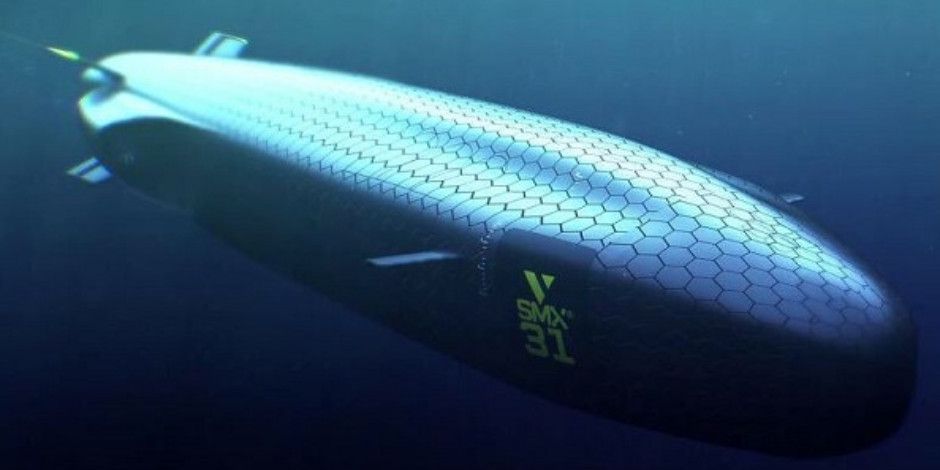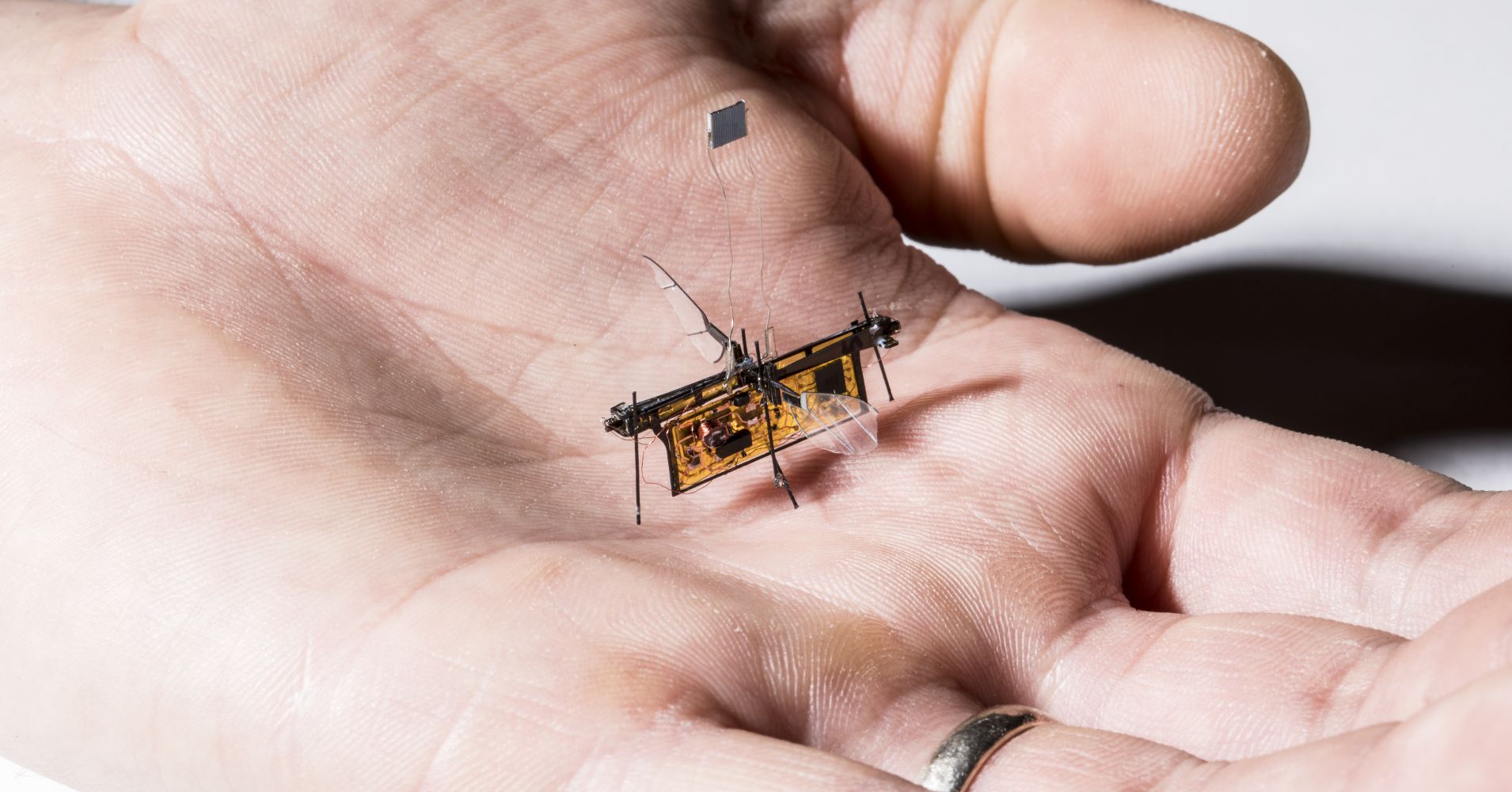Page 9406
Nov 3, 2018
Ray Kurzweil — The Age of Intelligent Machines
Posted by Shailesh Prasad in categories: futurism, Ray Kurzweil
Nov 3, 2018
The Sub of the Future Is a Drone Mothership Inspired by a Sperm Whale
Posted by Genevieve Klien in categories: drones, futurism
Nov 3, 2018
Starman and Tesla Roadster Have Shot Past Mars, SpaceX Says
Posted by Genevieve Klien in categories: Elon Musk, space travel, sustainability
SpaceX’s Starman and cherry red Tesla Roadster have traveled beyond Mars. SpaceX shared a diagram of the car once driven by the aerospace manufacturer’s CEO Elon Musk indicating it has now reached beyond the Red Planet.
Sharing Starman’s current position in a diagram to Twitter, SpaceX also tweeted a nod to Douglas Adams’ seminal work The Hitchhiker’s Guide to the Galaxy, which is beloved by Musk. (The Restaurant at the End of the Universe refers to the second book in the series.) The dash of the Roadster itself even has a nod to Hitchhiker’s Guide, as Space.com notes the words “Don’t Panic” on its control panel also appeared on a cover of the novel.
Nov 3, 2018
NASA’s Hubble Telescope captures smiling face in space
Posted by Genevieve Klien in category: space
Searching for newborn stars, the high-powered telescope spotted a very happy-looking galaxy.
- by
-
Bonnie Burton
Nov 3, 2018
Ray Kurzweil Featured on The News in 1989
Posted by Shailesh Prasad in categories: futurism, Ray Kurzweil
Nov 3, 2018
How Did People Wake Up Before Alarm Clocks?
Posted by Genevieve Klien in category: futurism
Without alarm clocks, most of us would oversleep every day. So, how did humans wake up before they were invented?
Nov 3, 2018
College Athlete Dies of Rare Bacterial Illness Called ‘Forgotten Disease’
Posted by Genevieve Klien in category: biotech/medical
A college student-athlete in Kansas died suddenly from a rare bacterial infection after thinking her symptoms were due to tonsillitis, according to news reports.
The 23-year-old, Samantha Scott, was a top coxswain on the rowing team at Kansas State University, according to a statement from the university. But about two weeks ago, she started to feel unwell.
Initially, it was thought that Scott had tonsillitis, or inflammation of the tonsils, according to local news outlet KDVR. Tonsillitis can cause symptoms such as sore throat, fever and pain when swallowing. But Scott had actually developed an illness called Lemierre syndrome, a condition that’s so rare it was referred to as “all-but-forgotten disease” in a 2006 report of a similar case. [27 Oddest Medical Cases].
Continue reading “College Athlete Dies of Rare Bacterial Illness Called ‘Forgotten Disease’” »
Nov 3, 2018
Friends to the end? Social cues cause fish to delay survival tactic
Posted by Xavier Rosseel in category: futurism
Have some patience until someone takes the lead, and let’s sing some hakuna matata in the mean time.
Getting into trouble after succumbing to peer pressure isn’t just a human experience.
New research co-led by Brock University shows that a particular species of tropical, air-breathing fish that can survive for weeks on land will delay escaping from hot water if it thinks one of its peers is nearby.
Continue reading “Friends to the end? Social cues cause fish to delay survival tactic” »
Nov 3, 2018
Slightly heavier than a toothpick, the first wireless insect-size robot takes flight
Posted by Shailesh Prasad in categories: drones, government, military, robotics/AI
With the rapid advances in drone technology spanning the 20th century, it should come as no surprise that miniature flying robots are on the horizon: Between now and 2020, Goldman Sachs’ forecasts a $100 billion market opportunity for drones, helped by growing demand from the commercial and civil government sectors.
What is surprising is that it has taken researchers more than two decades to finally come up with a fully autonomous version. That’s because the electronics needed to power and control the wings were so heavy that, until now, flying robotic insects had to be tethered to a wire attached to an external power source.
Yet a team of engineers at the University of Washington, led by assistant professor Sawyer Fuller, were able to figure it out. Relying on funding from UW, they created RoboFly, a robo-insect powered by an invisible laser beam that is pointed at a photovoltaic cell, which is attached above the robot and converts the laser light into enough electricity to operate its wings.


















